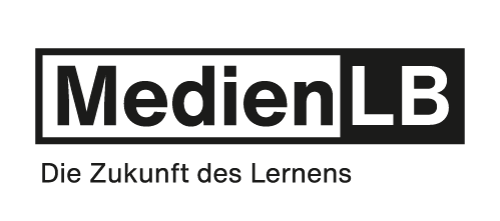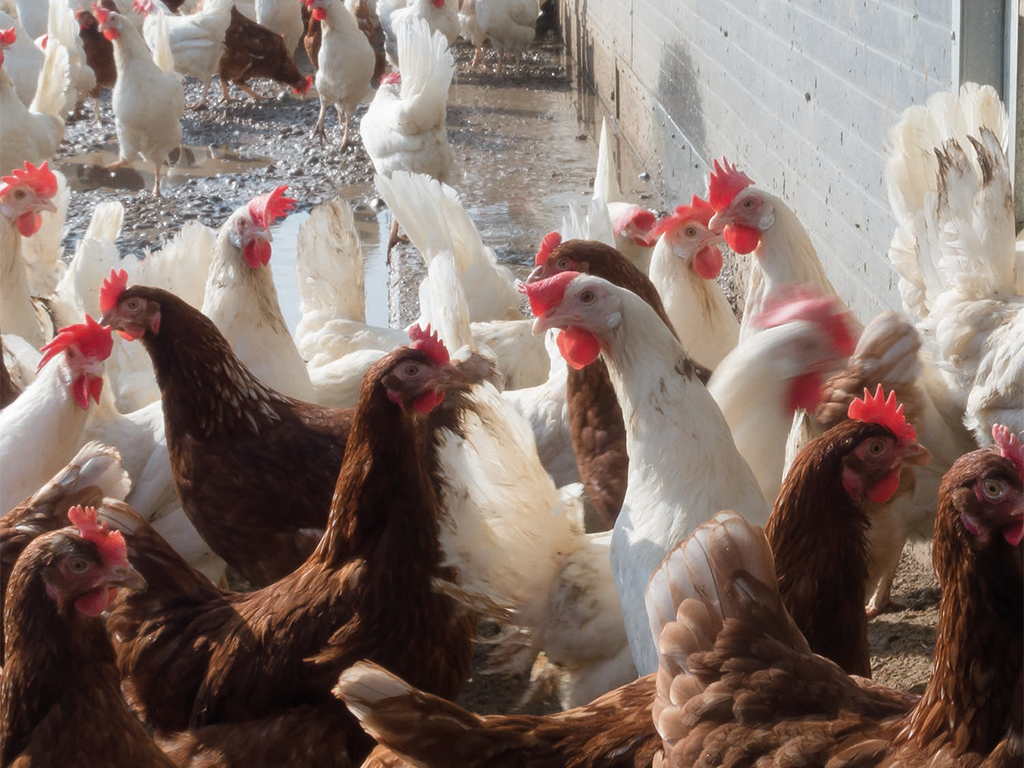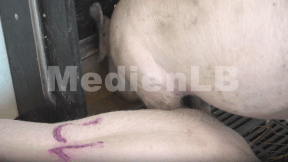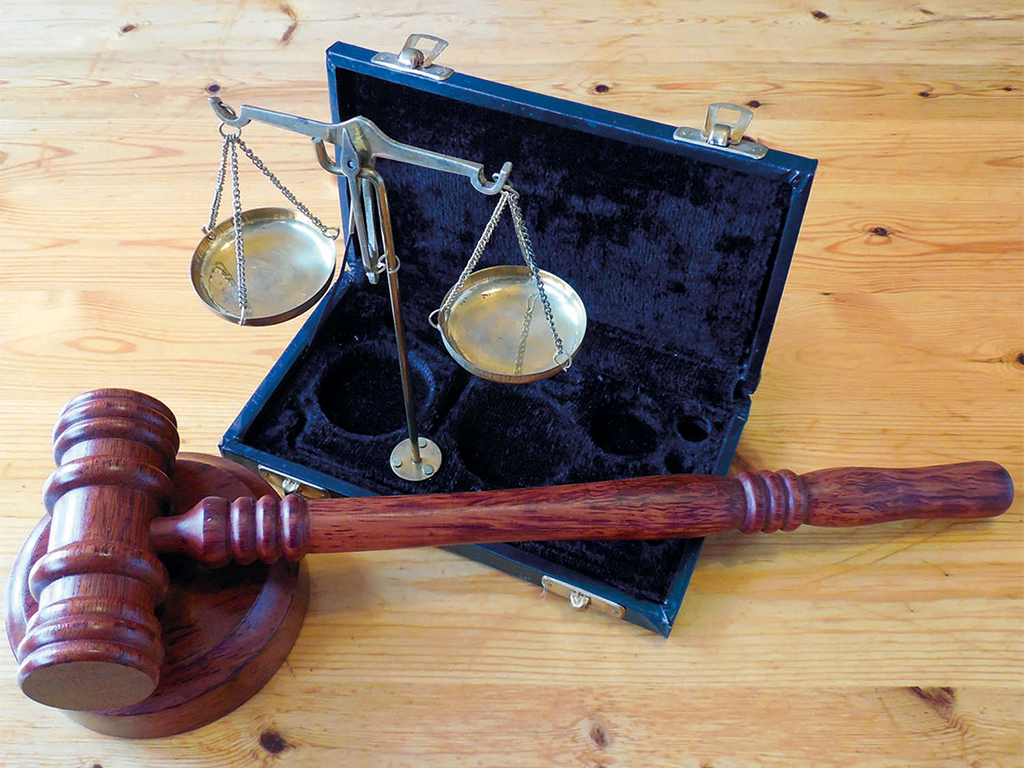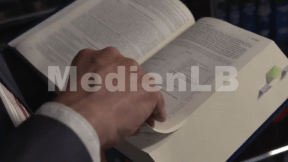 Biology
Biology
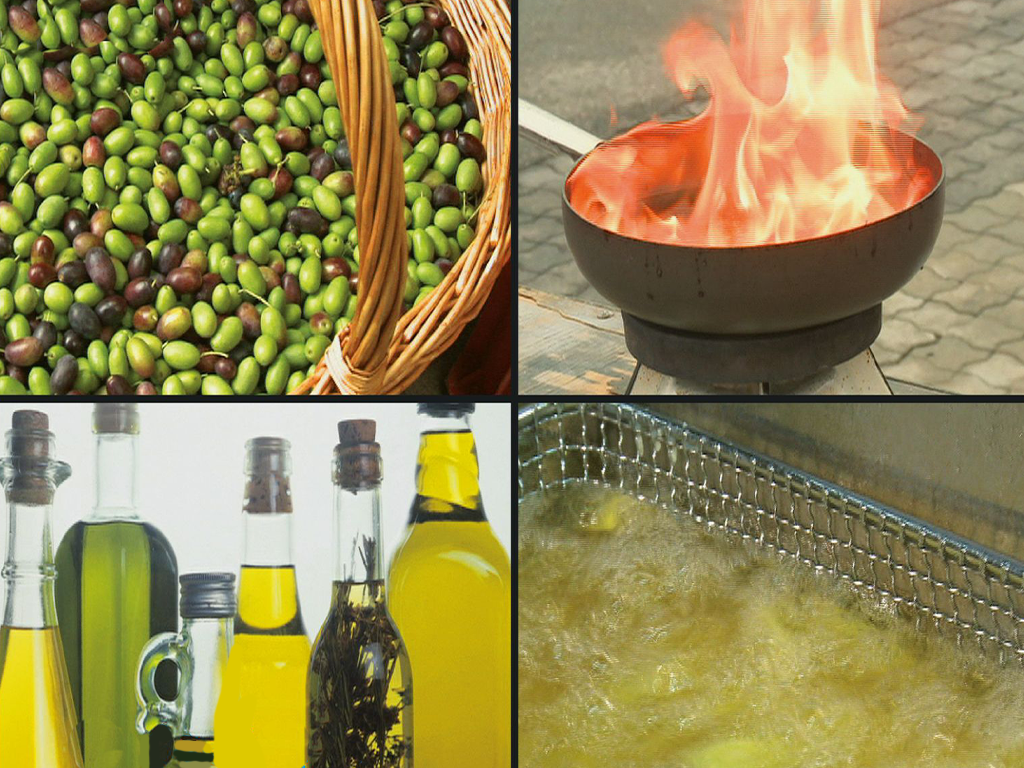
4668260 / 5559751
Fette und Öle
Nutzen und Risiken
Das Verhältnis zu Fett ist zwiespältig. Die einen streichen es aus ihrer Ernährung, die anderen geben horrende Summen für kaltgepresstes Olivenöl und seltenes Arganöl aus, um gesunde Fette zu sich zu nehmen. Dabei braucht der menschliche Organismus Fett um richtig funktionieren zu können. "Schau dich schlau!" nimmt Öle und Fette wie Oliven- und Sonnenblumenöl, Butter und Margarine unter die Lupe und zeigt, warum unser Körper darauf angewiesen ist um seine volle Leistung bringen zu können. Joey Grit Winkler und Fero Andersen wühlen sich durch den Ernährungsdschungel und entlarven typische Fettfallen. Von welchen Produkten sollte man die Finger lassen, weil sie viel fetter sind als wir annehmen? Je besser ein Gericht schmeckt, desto mehr Fett beinhaltet es in der Regel. Denn Fett ist ein Geschmacksverstärker. So zum Beispiel in Käse und Wurstsorten, aber auch in Gerichten wie Pommes oder Fischstäbchen, die frittiert werden. Um nicht auf diese Leckereien verzichten zu müssen, zeigt Fero Andersen wie man richtig frittiert und dabei nicht mehr Öl als nötig verwendet. Wer mit Fett brät, läuft bei falschem Umgang schnell Gefahr, eine Explosion oder einen Brand zu entfachen. Deshalb zeigt "Schau dich schlau!", wie sich dieses unnötige Risiko vermeiden lässt und wie – sollte der Fall doch eintreten – ein Fettbrand gelöscht werden kann.
Play trailer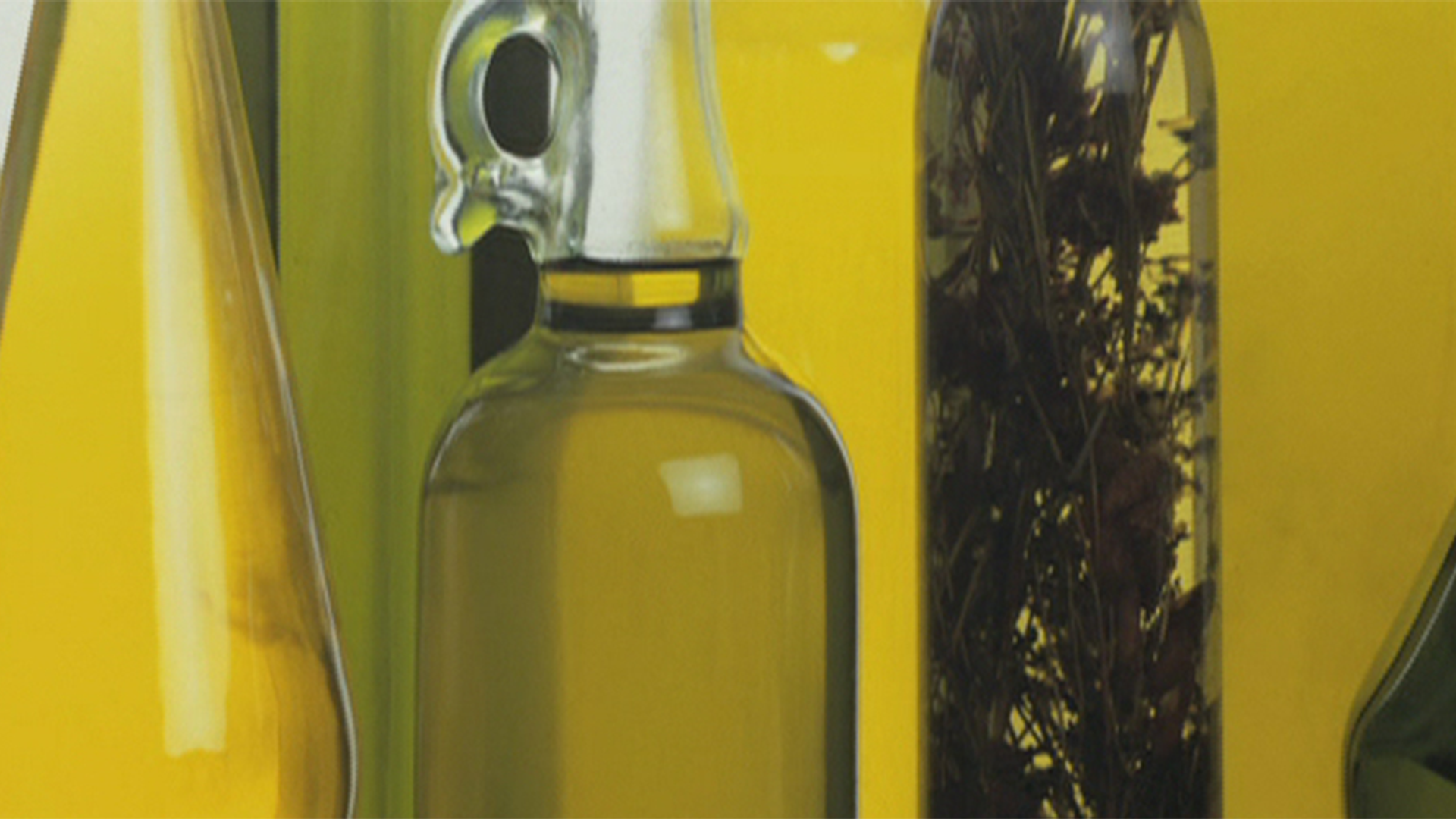
Curriculum-centred and oriented towards educational standards
Matching
Gedenk- und Feiertage
Feiertage gibt es in allen Kulturen. Es sind Festtage mit entweder gesellschaftlichem, religiösem oder politischen Hintergrund. Diese Feiertage finden jährlich an einem festgelegten Tag statt. In Deutschland gibt es Feiertage, an denen flächendeckend nicht gearbeitet wird. Hierbei handelt es sich um gesetzliche Feiertage. Bei anderen Feiertagen, meist mit religiösem Hintergrund, entscheiden die Bundesländer individuell, ob es sich um einen tatsächlich arbeitsfreien Tag handelt. Im Film beschrieben werden nicht nur Feiertage in Deutschland, sondern auch z.B. islamische Feiertage, oder der Christopher Street Day als politisches Statement.
Massentierhaltung
Ein Kilogramm Hühnerschenkel für 99 Cent – dieser Preis lässt sich nur erreichen, wenn die Herstellungskosten massiv niedrig gehalten werden. Der Film geht der Frage nach, unter welchen Bedingungen Tiere für die industrielle Verwertung gehalten werden. Welche Möglichkeiten die Verbraucherinnen und Verbraucher haben, auf diese Bedingungen Einfluss zu nehmen, ist der Inhalt eines eigenen Kapitels.



